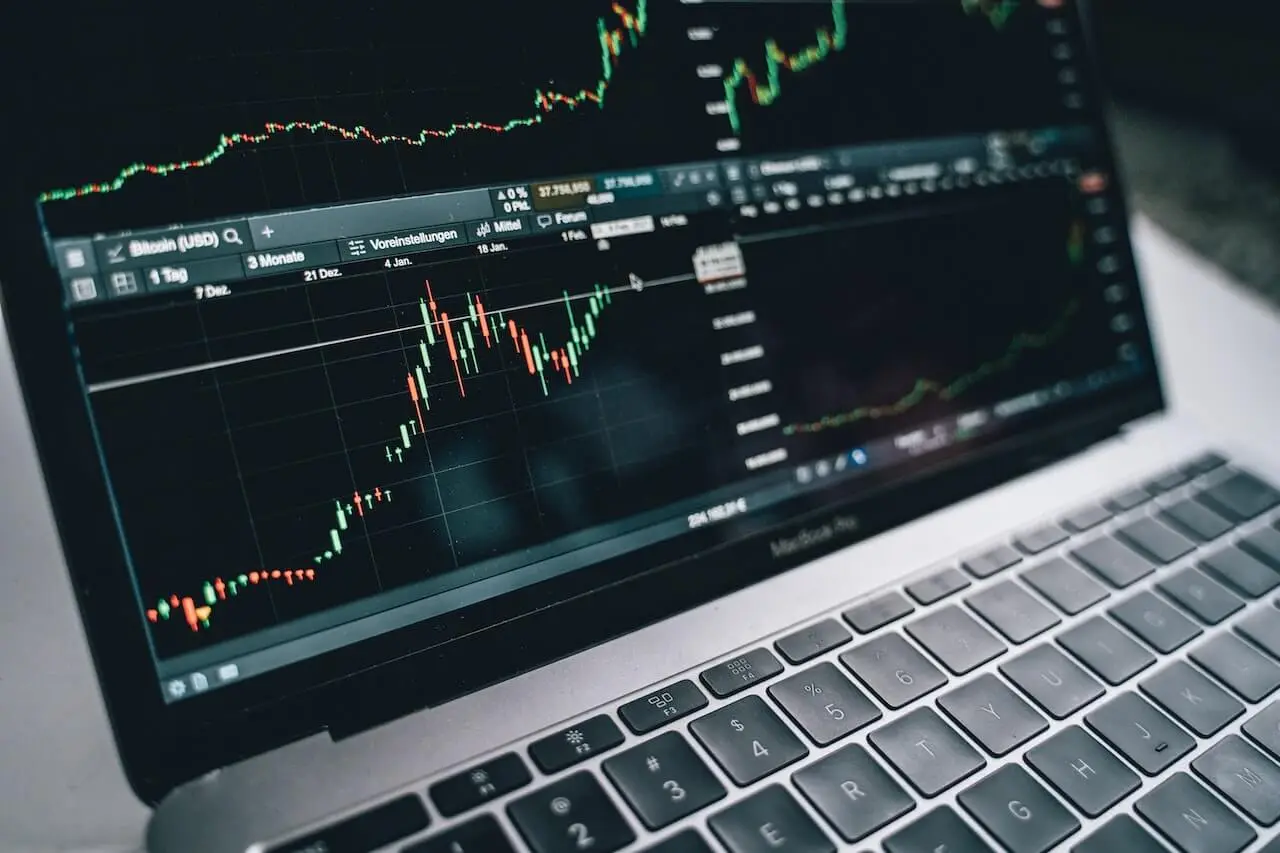Retail investors took shelter in cash last year, choosing to remain on the sidelines due to a brutal sell-off in financial markets.
These triggered trillions of dollars in losses and stamped out enthusiasm for riskier assets. The market turmoil fueled by high inflation and rising borrowing weighed heavily on investor and consumer confidence.
However, the anticipation that the Federal Reserve will begin to dial down on rate hikes, coupled with quality stocks selling at bargain prices has made the stock market attractive to the retail investor again.
The inflows of retail cash have helped to drive a powerful market rebound at the start of 2023. This, despite a relative lack of enthusiasm among professional fund managers. Let’s look at the ensuing trends that suggest that retail traders are getting back into the market.
5 Market Trends That Indicate Retail Investors Are Back in the Game
1. Retail inflows starting to pick up.
Over the past month, retail investors put an average of $1.51 billion to work each day, which is a record.
Data from consultancy Vanda Research and JPMorgan showed that retail investors were responsible for up to a quarter of all stock trading in January, which was also a record. Institutional investors, on the other hand, have been mostly negative about stocks.
2. Stock picks are mixture of growth and value.
During the peak of the “meme-stock” craze two years ago, retail investors poured a record amount of money into US equities, which gave tiny traders a disproportionate amount of market influence.
In contrast to the historic Gamestop frenzy and short squeeze, bets are now dispersed across a larger number of equities as opposed to being focused on a few.
There has been exceptional interest from small traders in the usual suspects, such as Tesla (TSLA) as well as substantial purchases of dividend-paying mainstays such as AT&T (T) and Coca-Cola (KO).
Tesla has gained 62% this year, while the tech-heavy Nasdaq Composite is up 12%.
Amazon (AMZN), Apple (AAPL), and Nvidia (NVDA) are also among the top five favorite picks of retail traders with the stocks receiving $1.8 billion, $1.7 billion, and $1.4 billion in inflows this year, respectively. These names were up 20%, 19.5%, and 55.8% this year in that order.
3. Speculative plays are still game.
More risky, low-priced names have also been popular buys.
This year, ARK Innovation (ARKK) ETF, which is a bellwether for high-flying tech stocks, has seen a small increase in inflows. The fund ranks 27th on the list of largest purchases with retail investors putting $169 million into the fund.
Key underlying names from ARK’s family of exchange-traded funds, such as Coinbase (COIN), Block (SQ), and Roku (ROKU), were bought up by retail investors faster than the firm itself. This was a trend that started early on in the COVID epidemic.
4. Trends in buying and selling.
Some of the recent activity is likely seasonal, with earnings updates providing a catalyst for buying, while the forthcoming US tax season may see some investors withdrawing cash to pay their bills.
Positive earnings reports have seen the shares of stocks spike. Quite noticeable are Meta and Netflix. However, investors are also taking advantage of the plummet in stock prices through tax-loss harvesting to reduce their taxes.
5. Money market funds still look enticing.
Since the Fed started raising interest rates in March, the returns on money market funds have steadily gone up, which attracts regular investors.
This is especially true since the interest rates on savings accounts at big banks like JPMorgan Chase and Bank of America are close to zero.
This month, the yield on Fidelity’s $240 billion government money market fund went up to about 2.6%, while the yield on Vanguard’s $218 billion federal money market fund went up to 2.8% according to the Financial Times.
The SPDR S&P 500 ETF Trust (SPY), an ETF that tracks the benchmark S&P 500, has been the second-most popular purchase by retail investors this year, with retail flows totaling $3.6 billion in 2023. As of Wednesday, the index is up 8.2% for the year.
Final Thoughts
The drop in stock prices this year hasn’t scared away small investors.
In a 2022 survey of over 2,000 retail investors in Europe, Asia, and the U.S., more than 80% said they thought the worst of the stock market crash would be over in six months.
Most traders (72%) planned to invest in individual stocks next year, with 64% putting their money on big names in technology like Apple, Microsoft, Google, and Meta.
Even though the cost of living is going up, most individual investors plan to invest the same amount or more this year. If the stock market as a whole keeps going up, it could push small investors towards more speculative stocks, which are more likely to be affected by such flows because they have smaller market caps.



